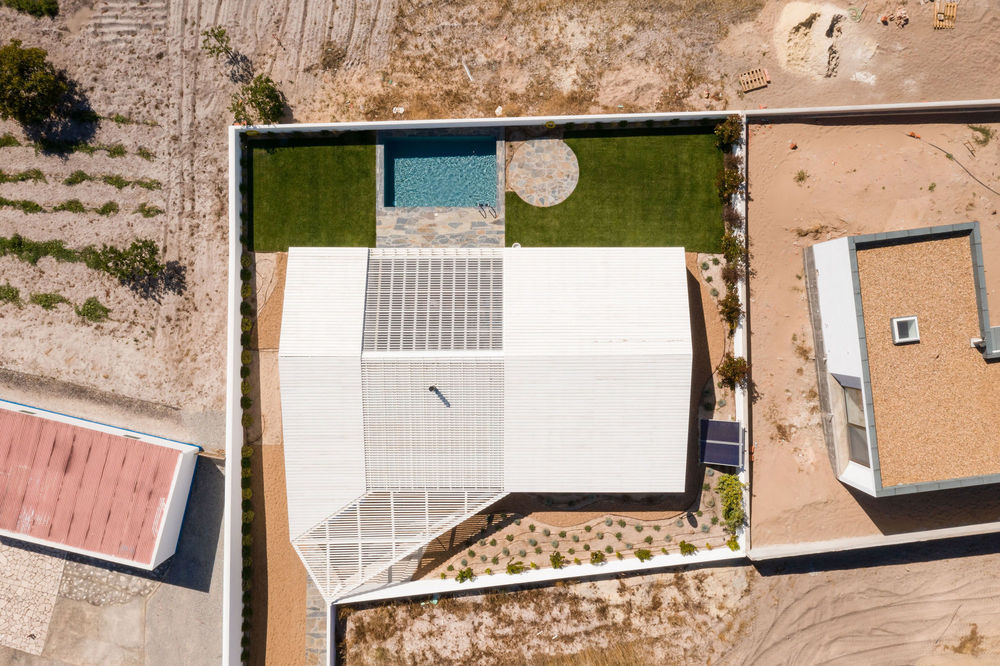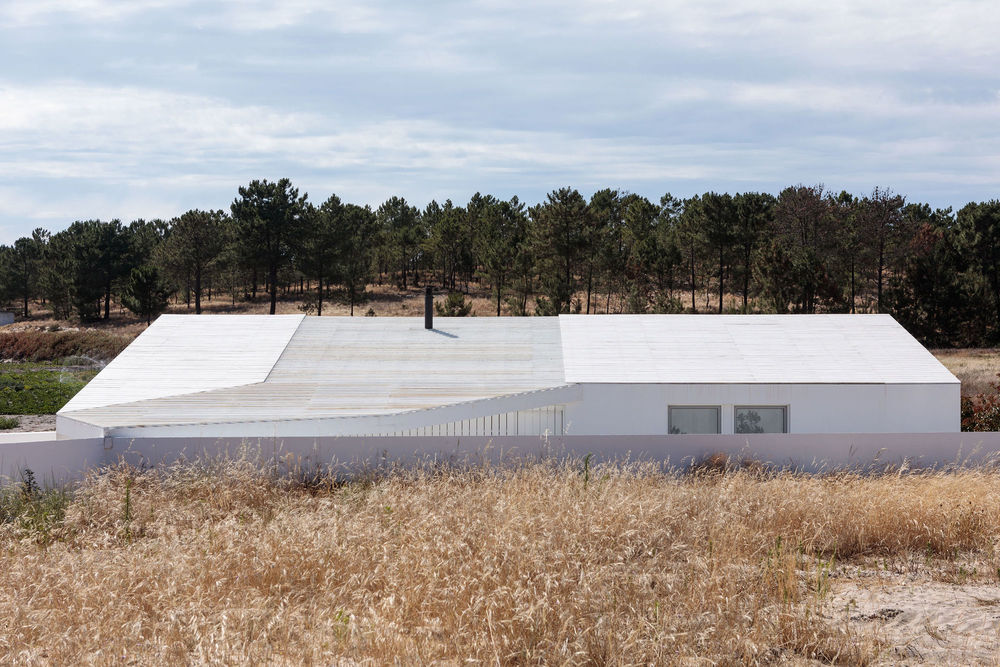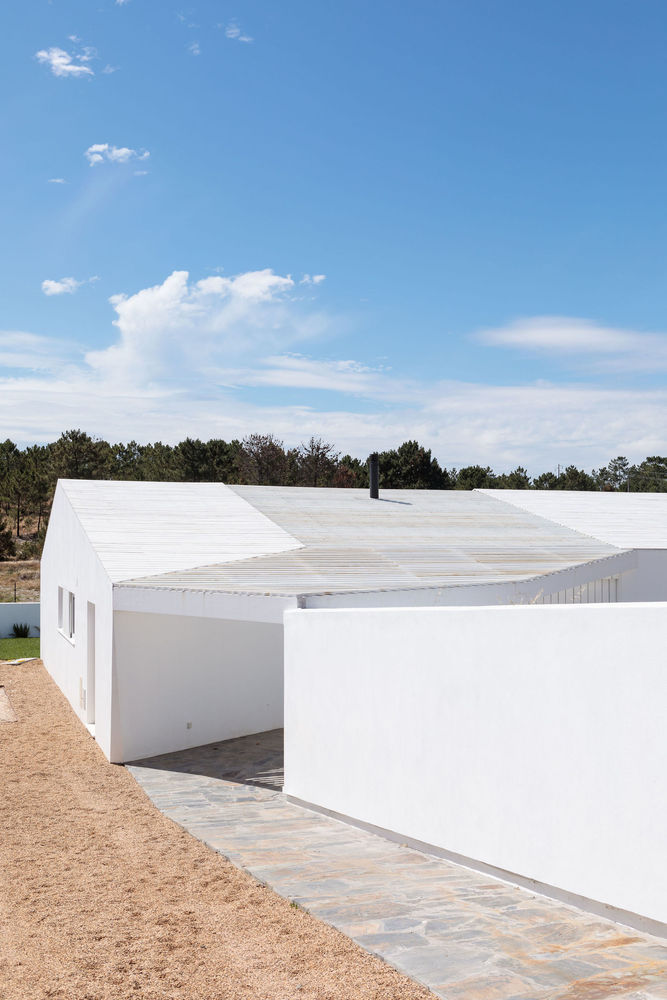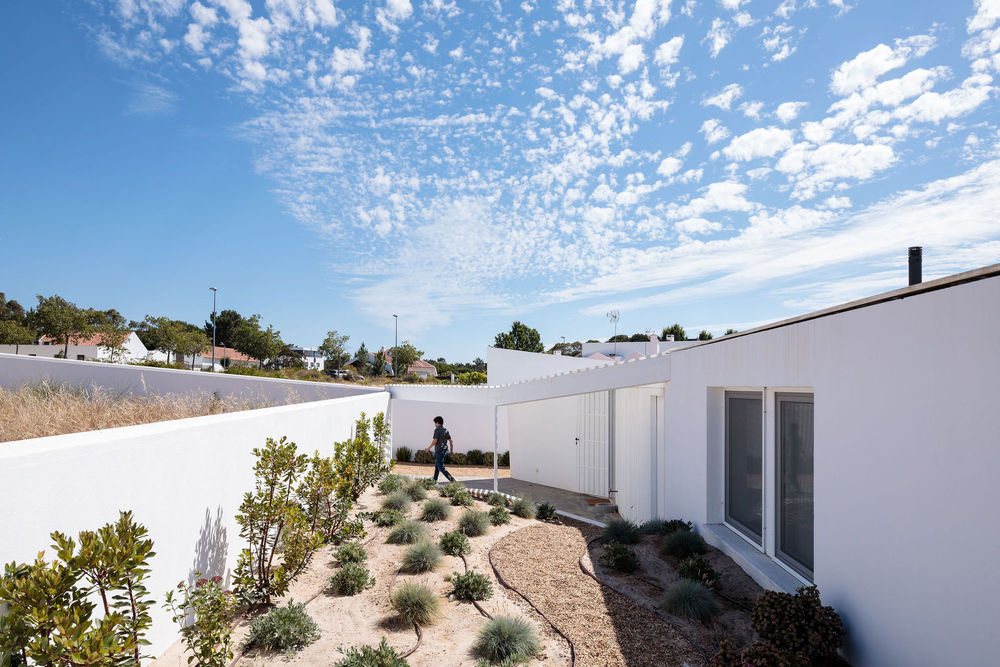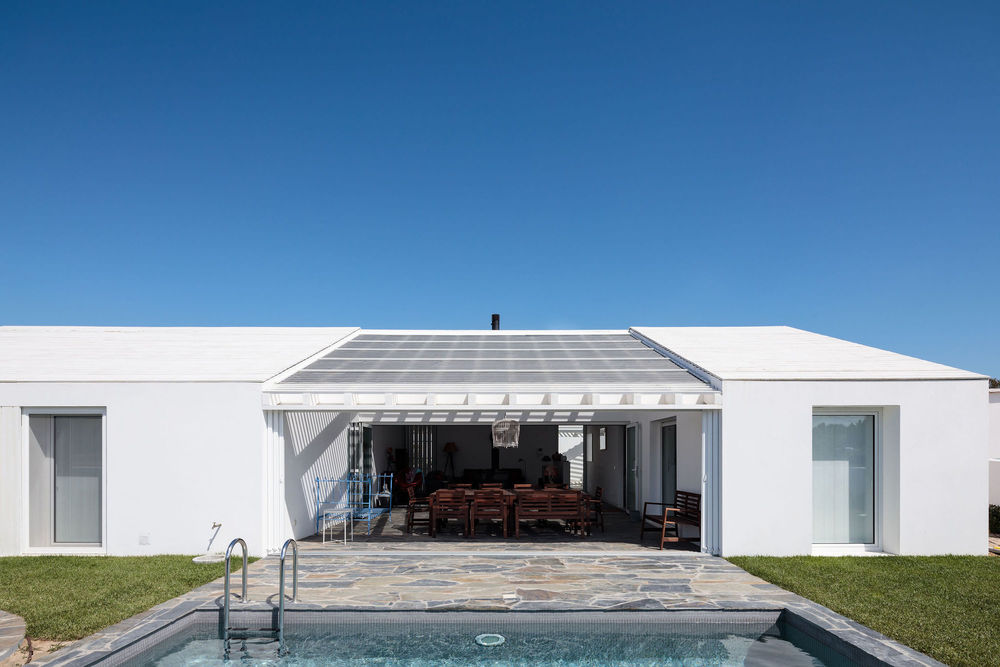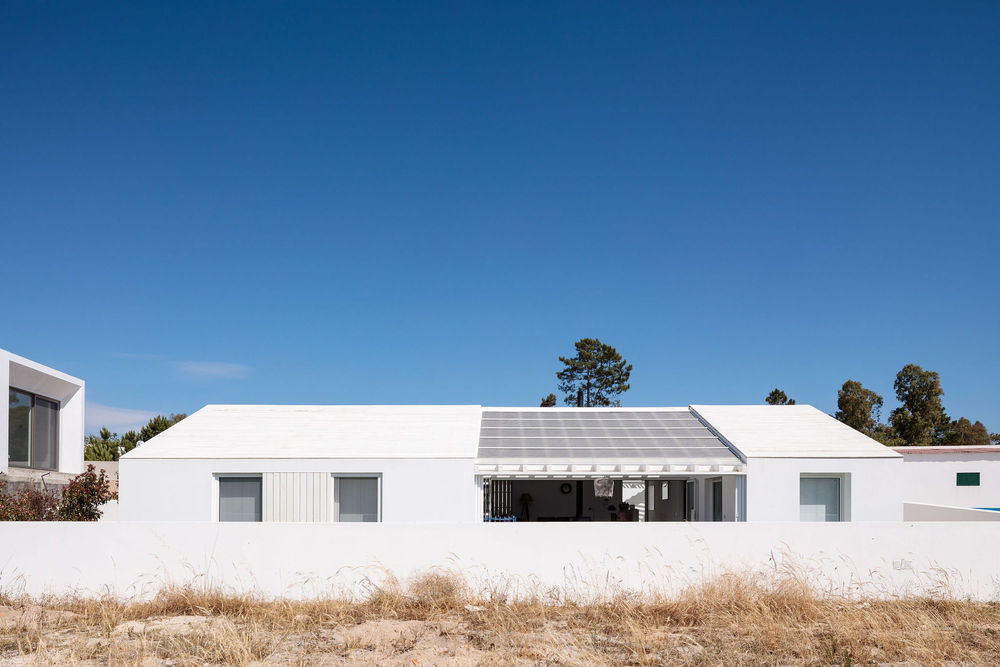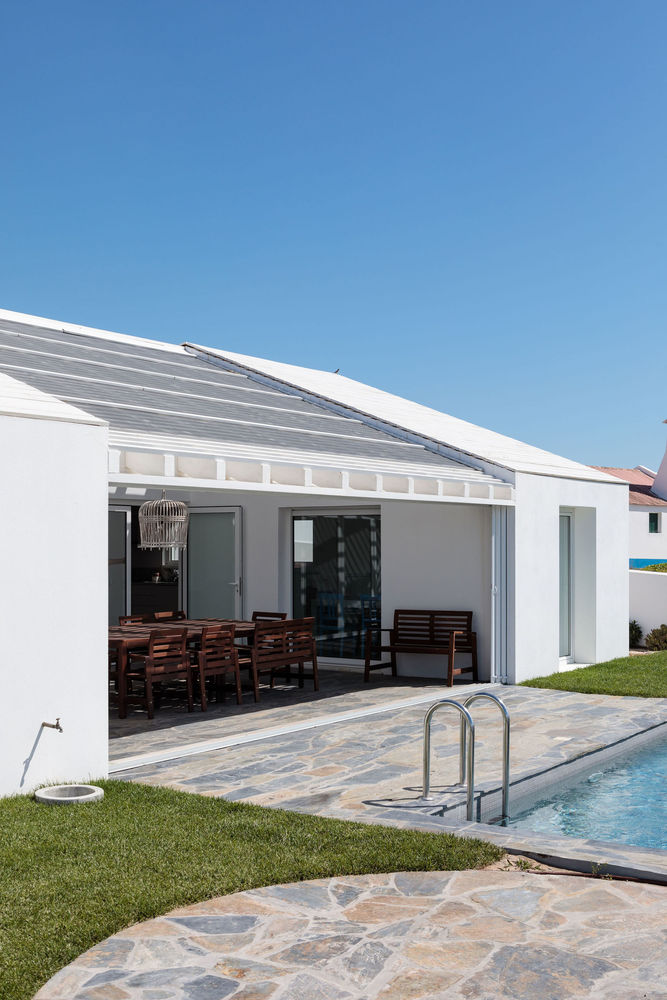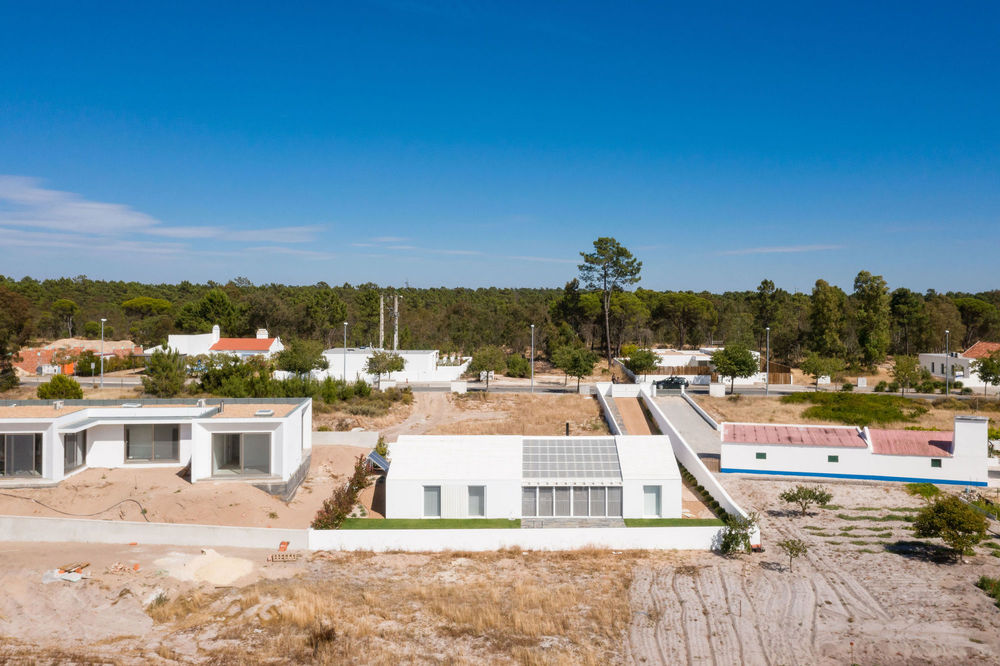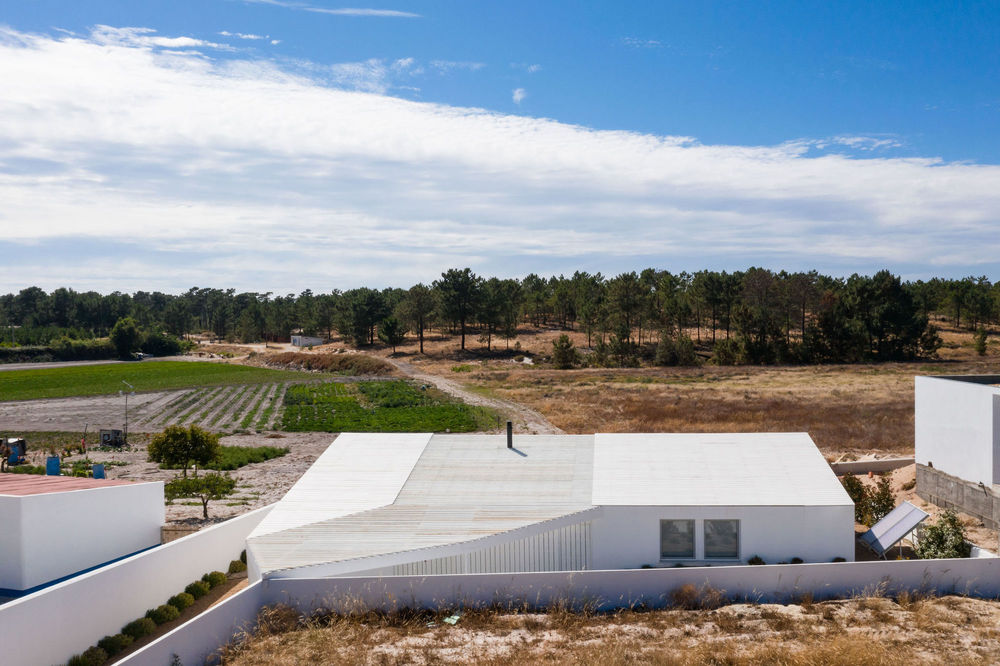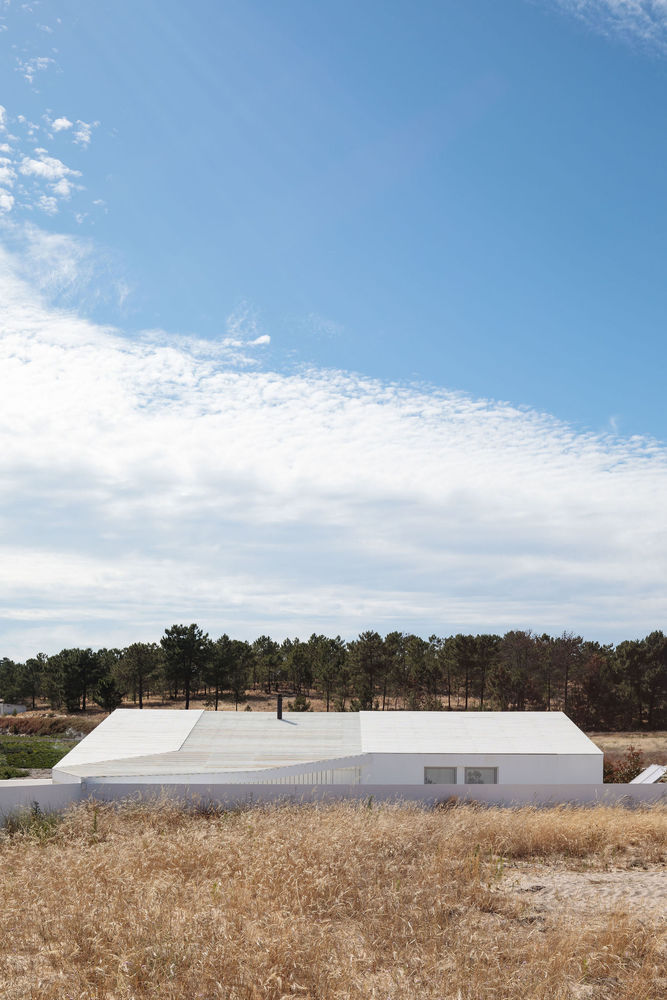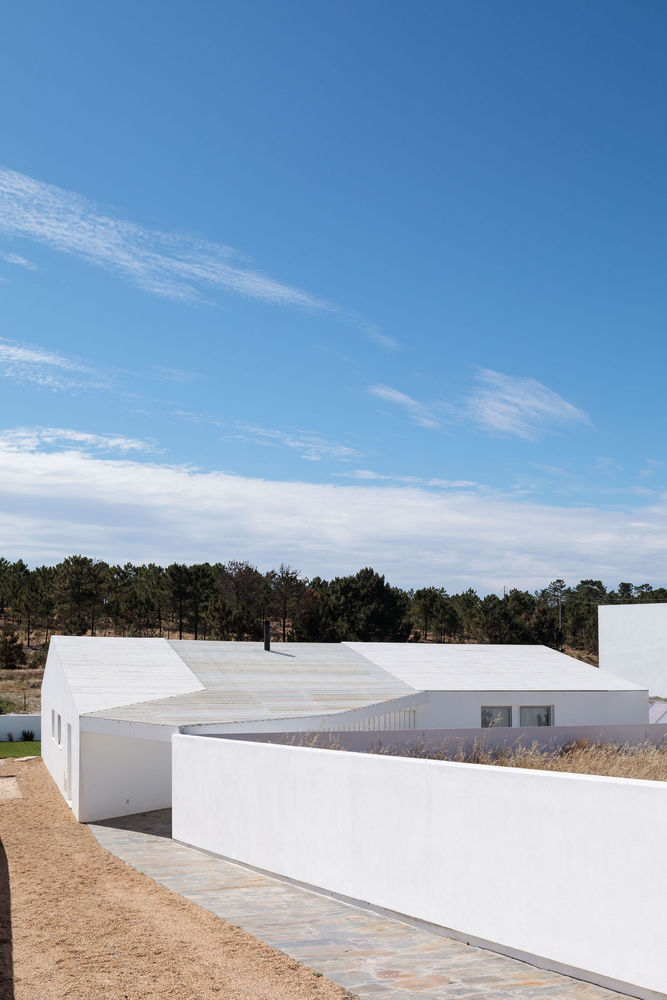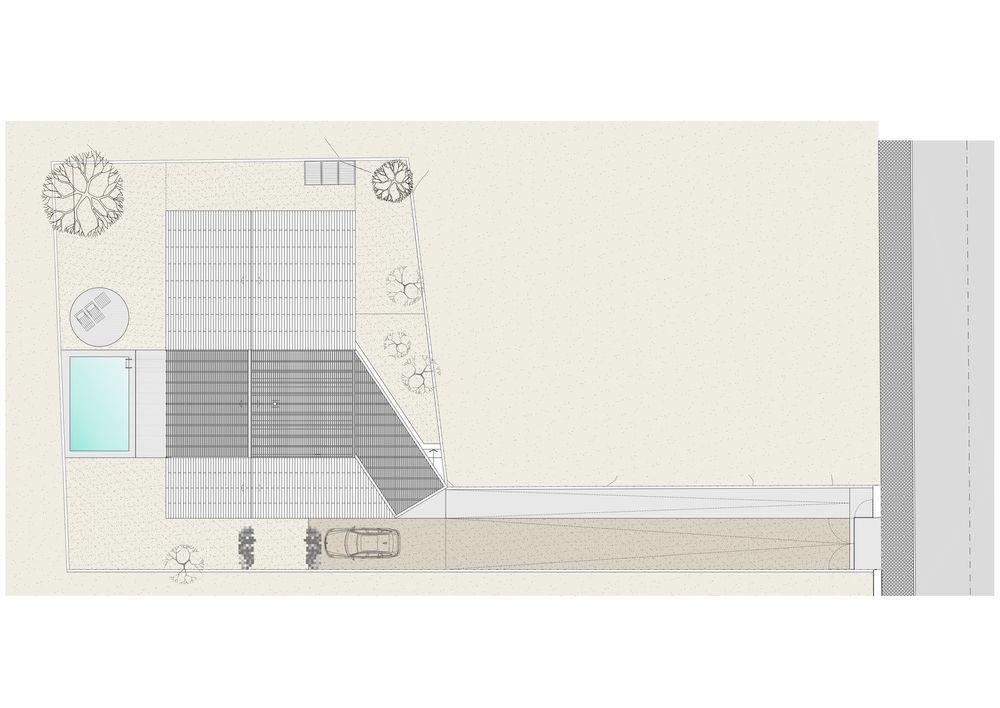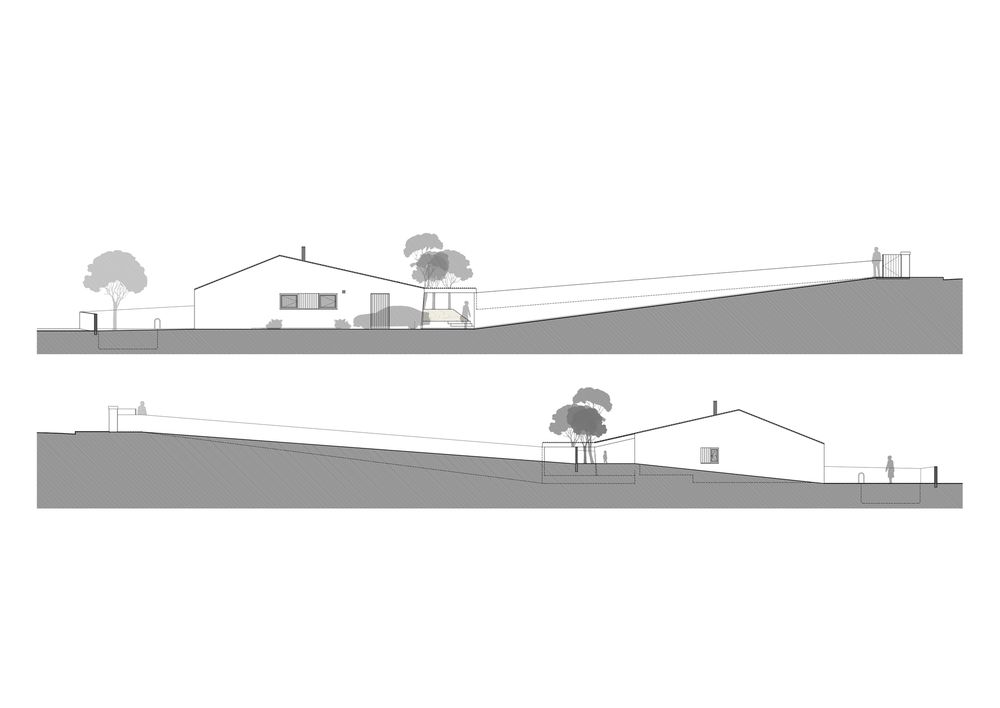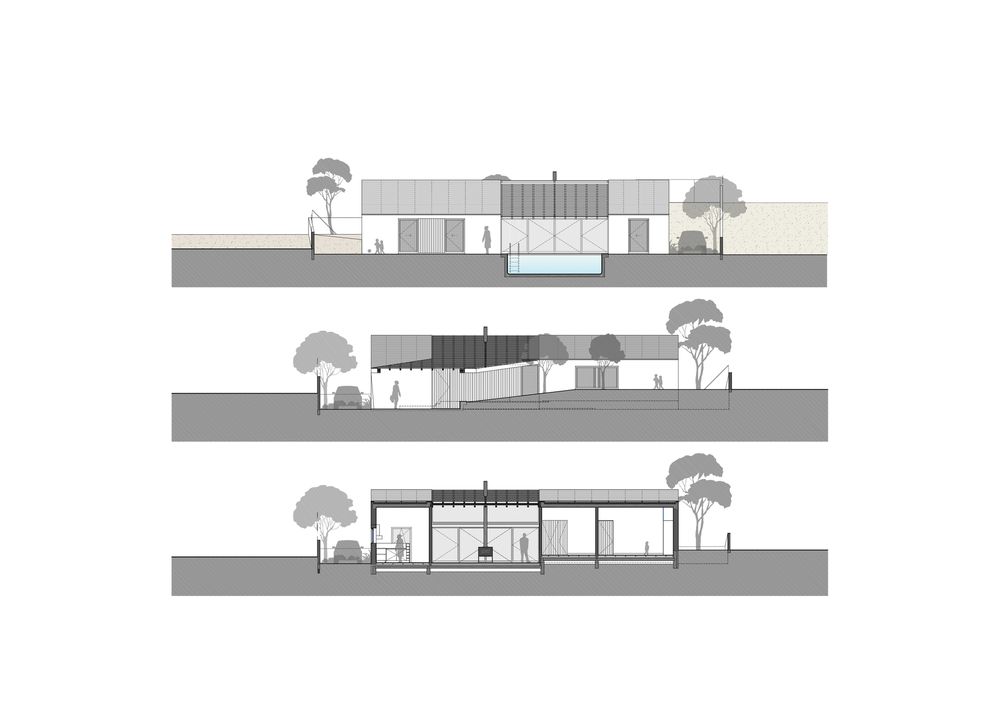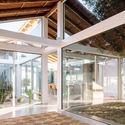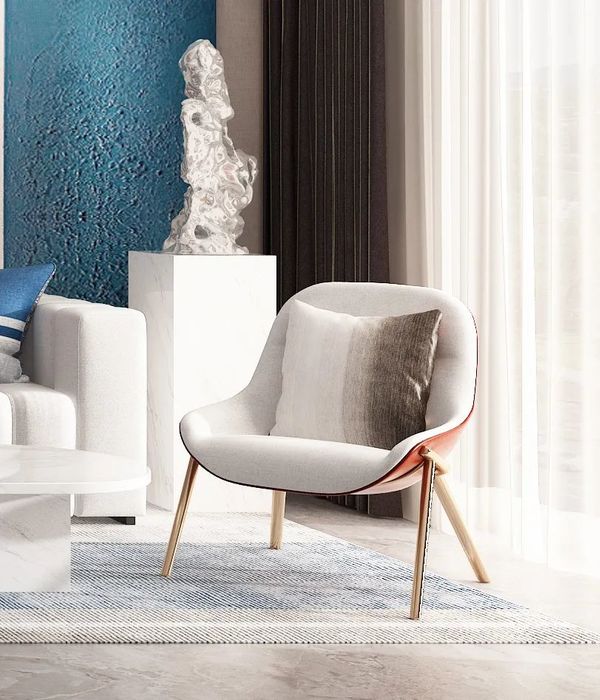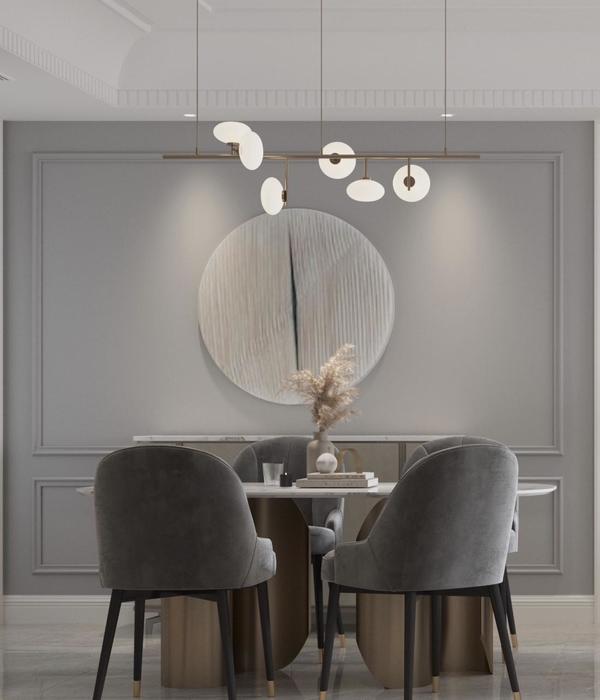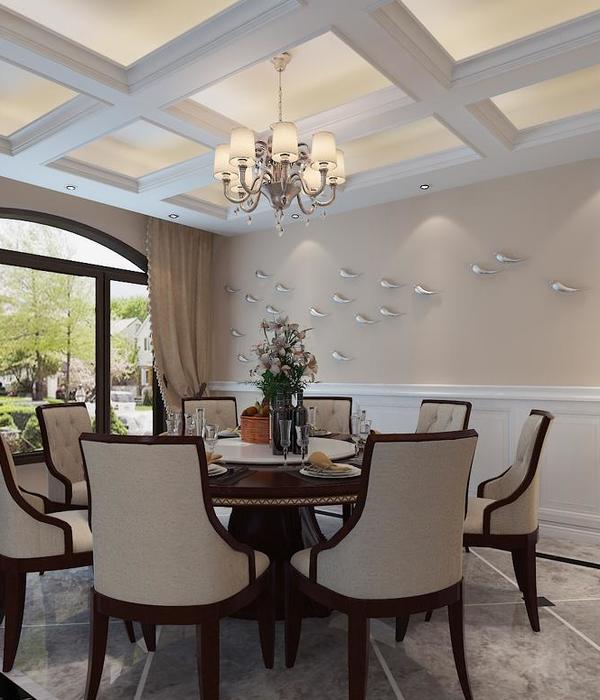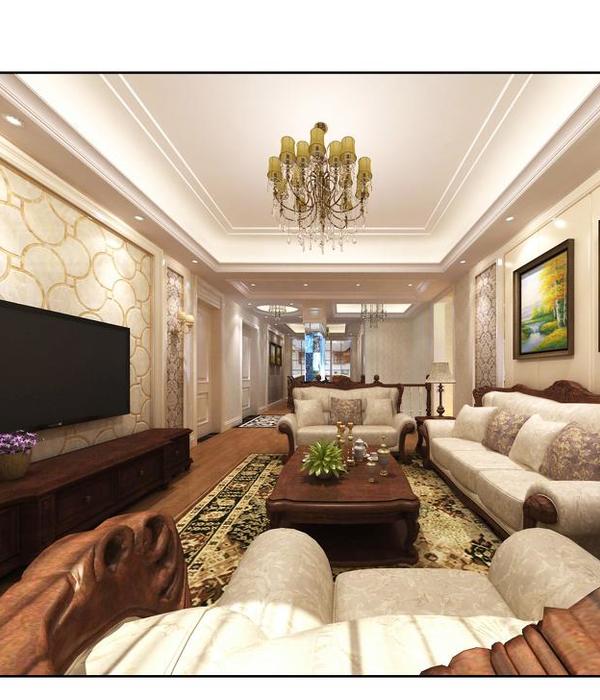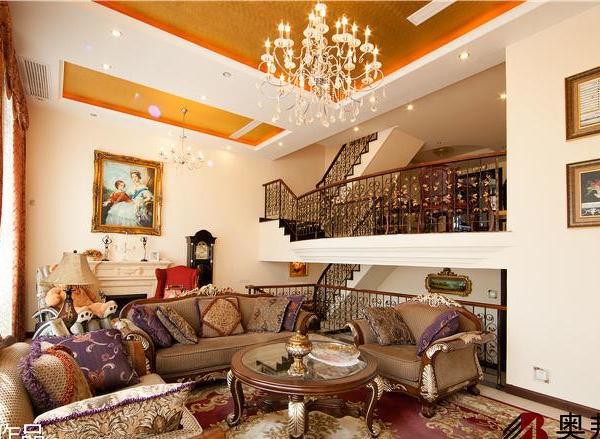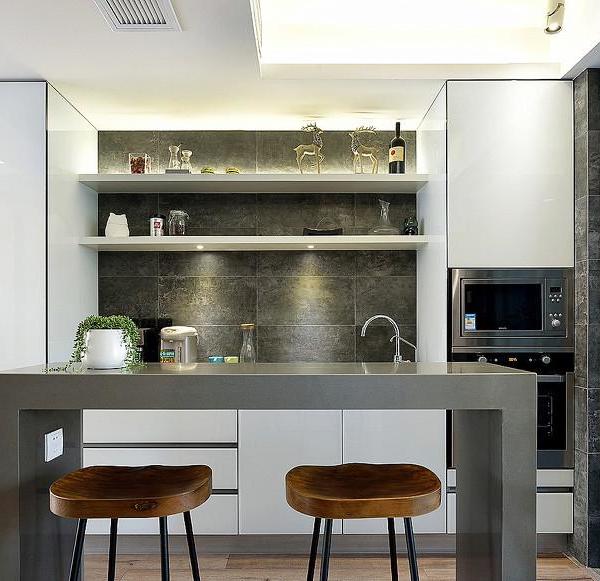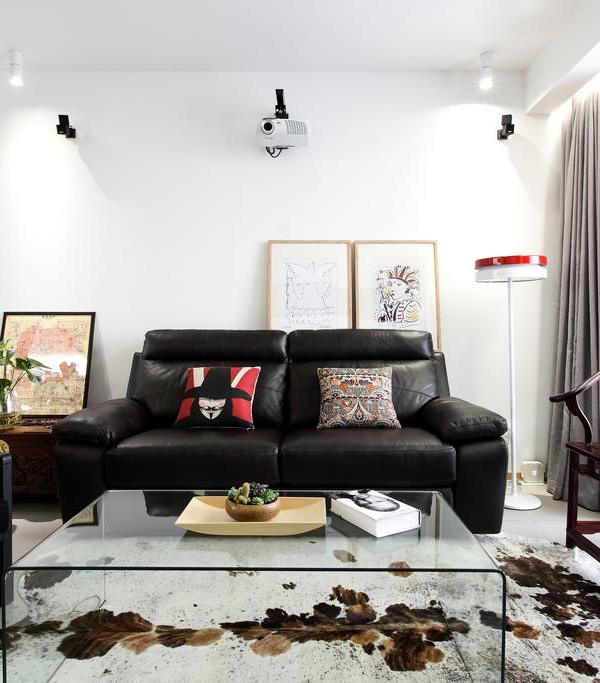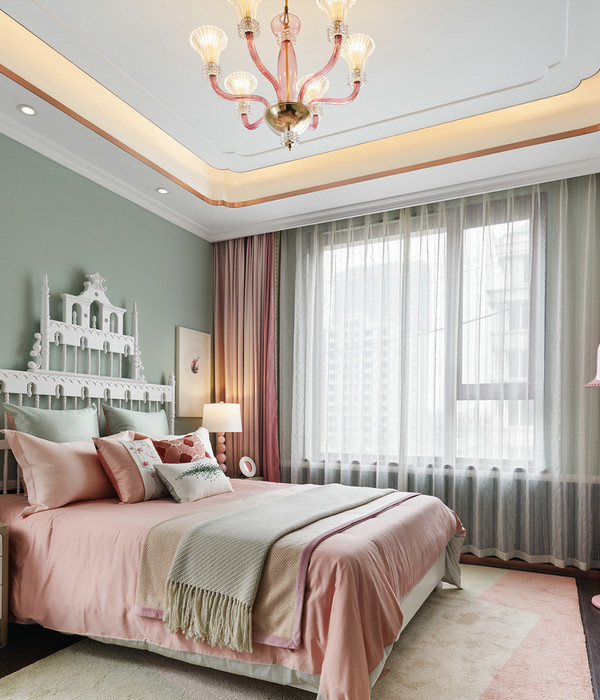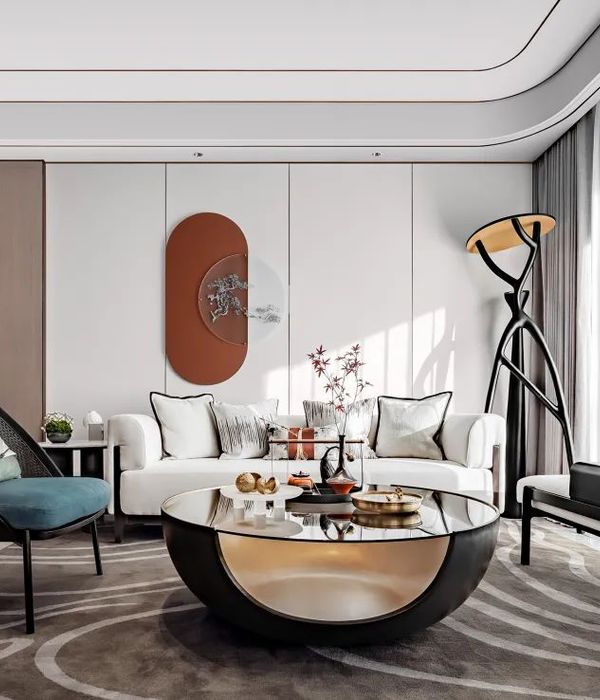Brejos House | 传统与现代的完美融合
The house subtly emerges in the landscape. Its volumetry gradually gains presence as the ramp path descends from the street. This intention is clear when crossing the three moments of the house: the progressive arrival, the ambiguity of the interior/exterior living space, and the outdoor social area on the meadow side. The pergola movement translates this transition.
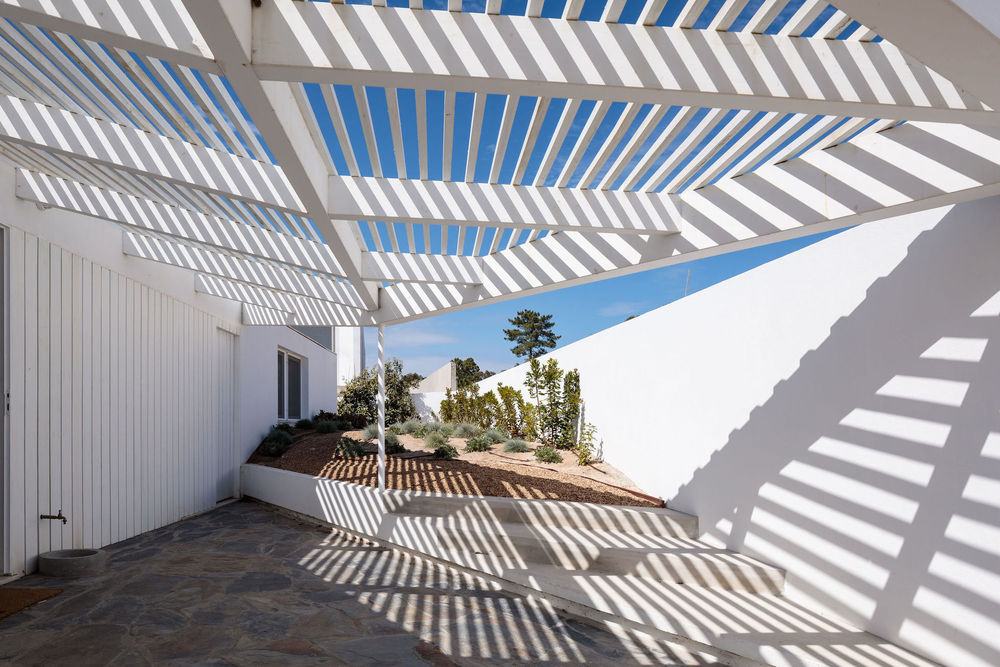
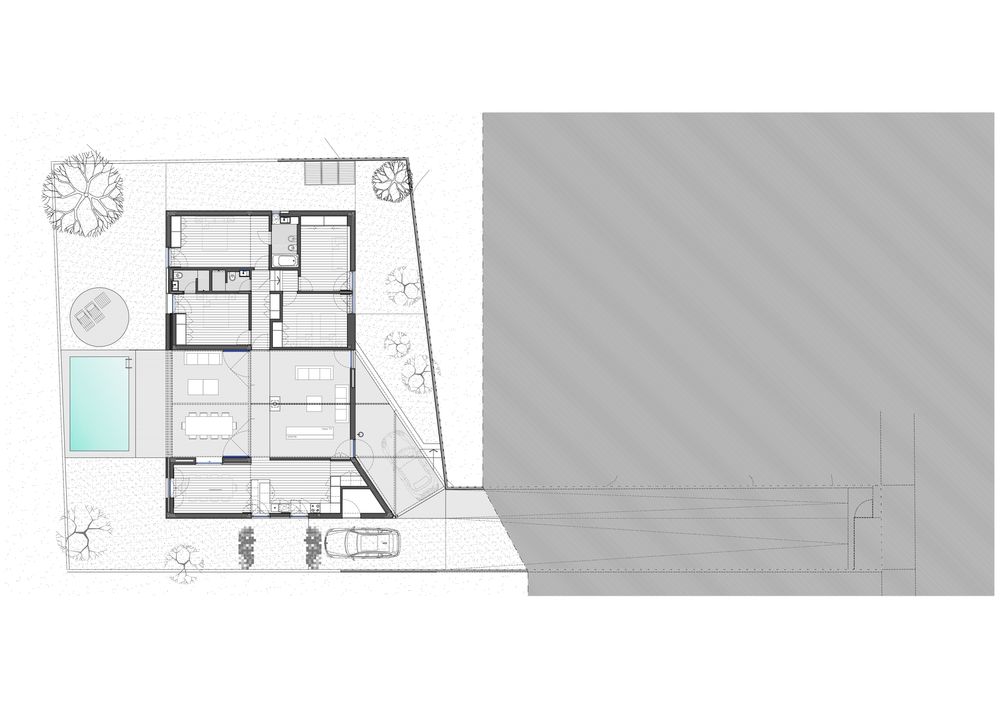
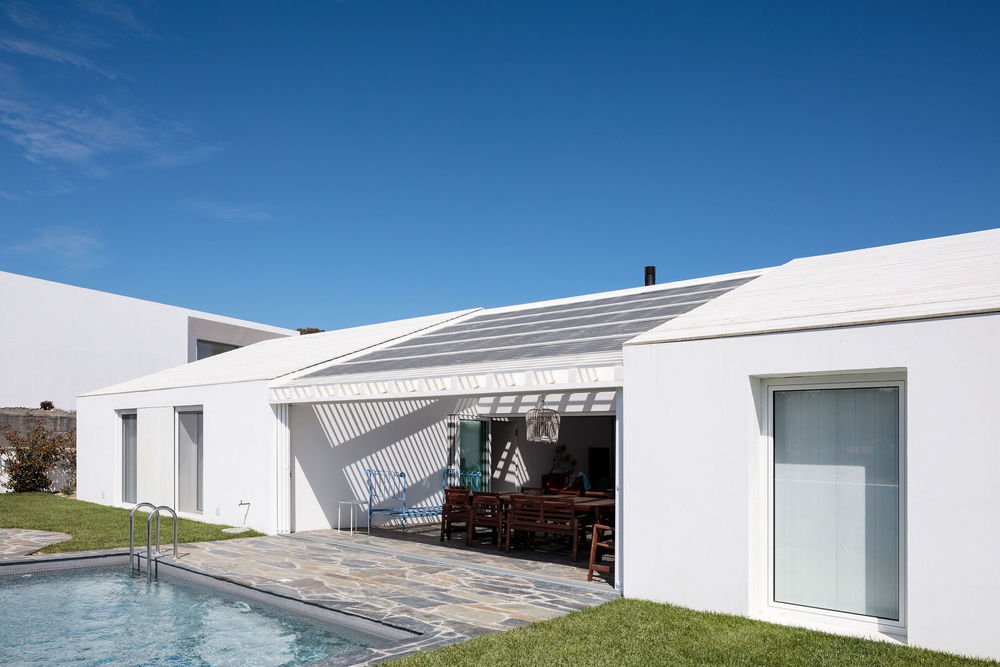
The living room is nuclear joining the four corners of the house: the street, the várzea, the rooms, and the kitchen.
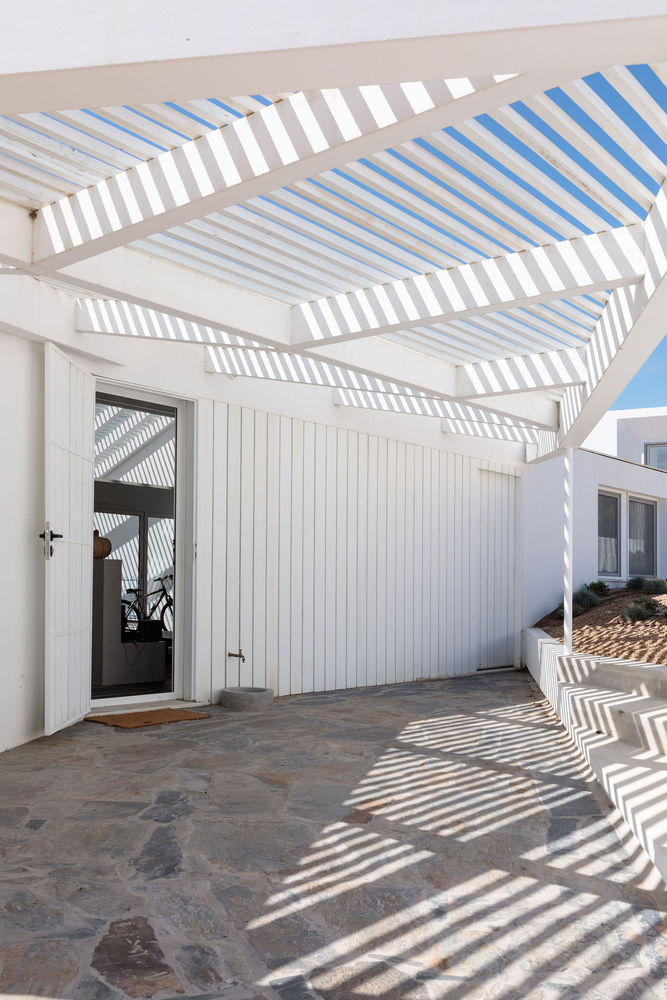

The living open space as opposed to the compartmentalization of the two white hermetic volumes (on one side the bedrooms and on the other the kitchen). However, this space can be lived in greater recollection through the system of exterior sliding shutters that can close it totally.
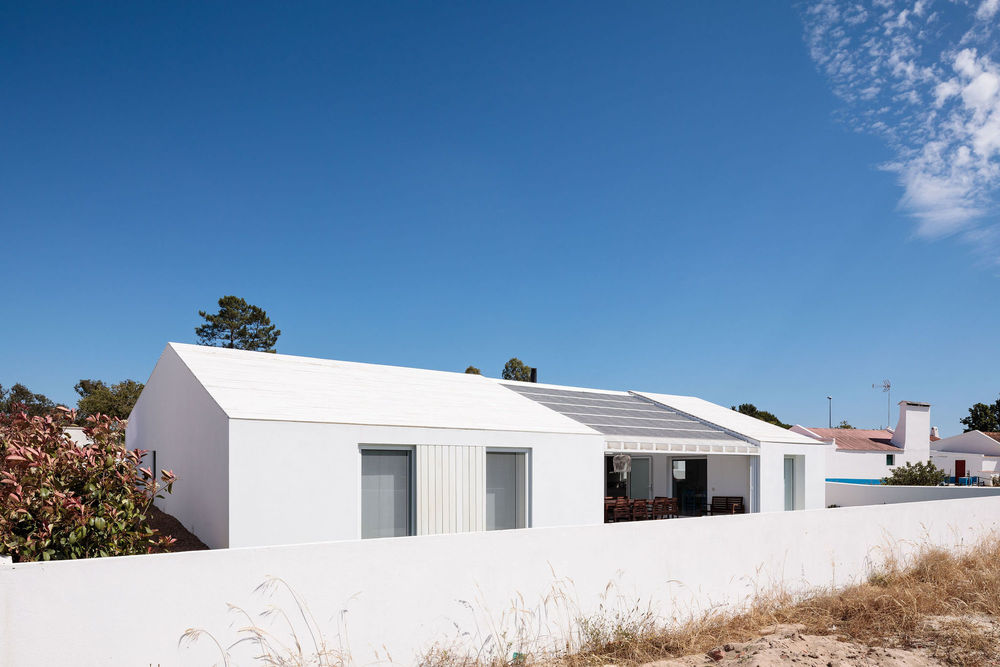

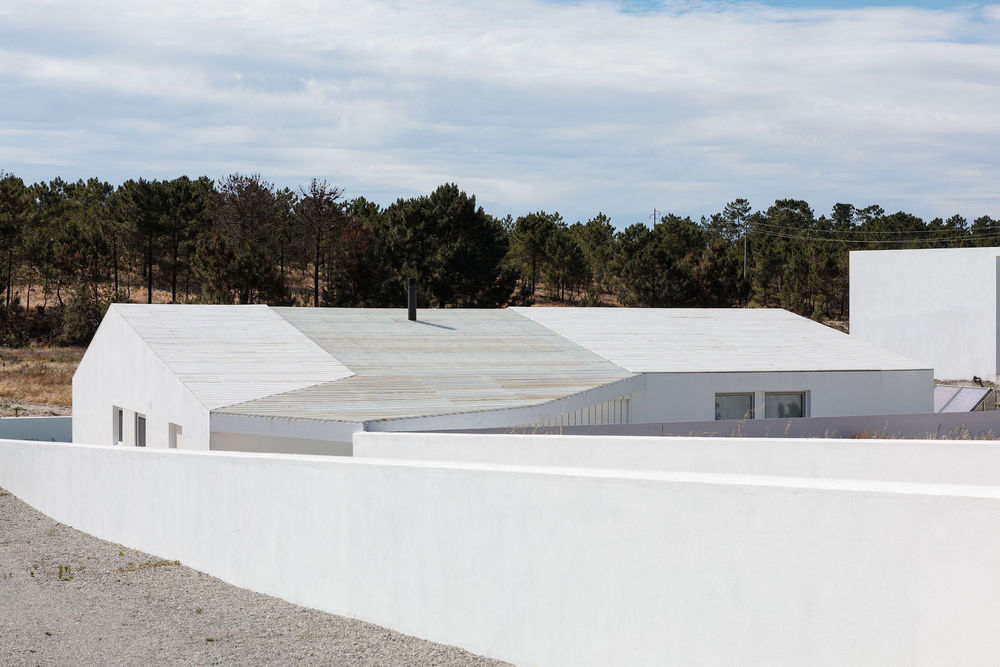
The building resumes the morphological essence of the region's traditional house. It synthesizes the shape in monochromatic materiality that includes the use of white-painted wood rulers on the roof instead of the ceramic tile or thatched coating.
